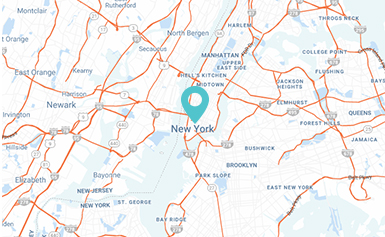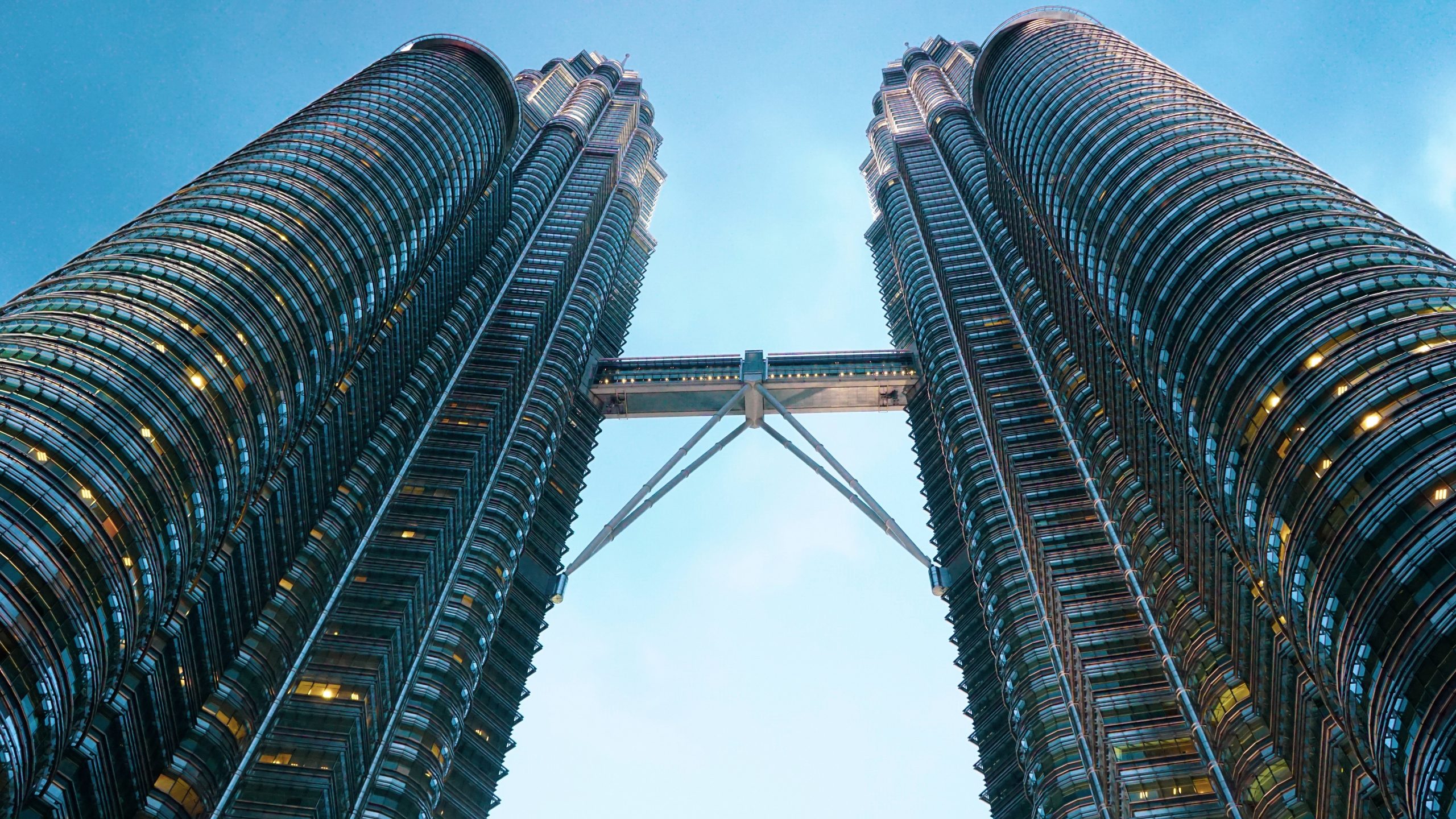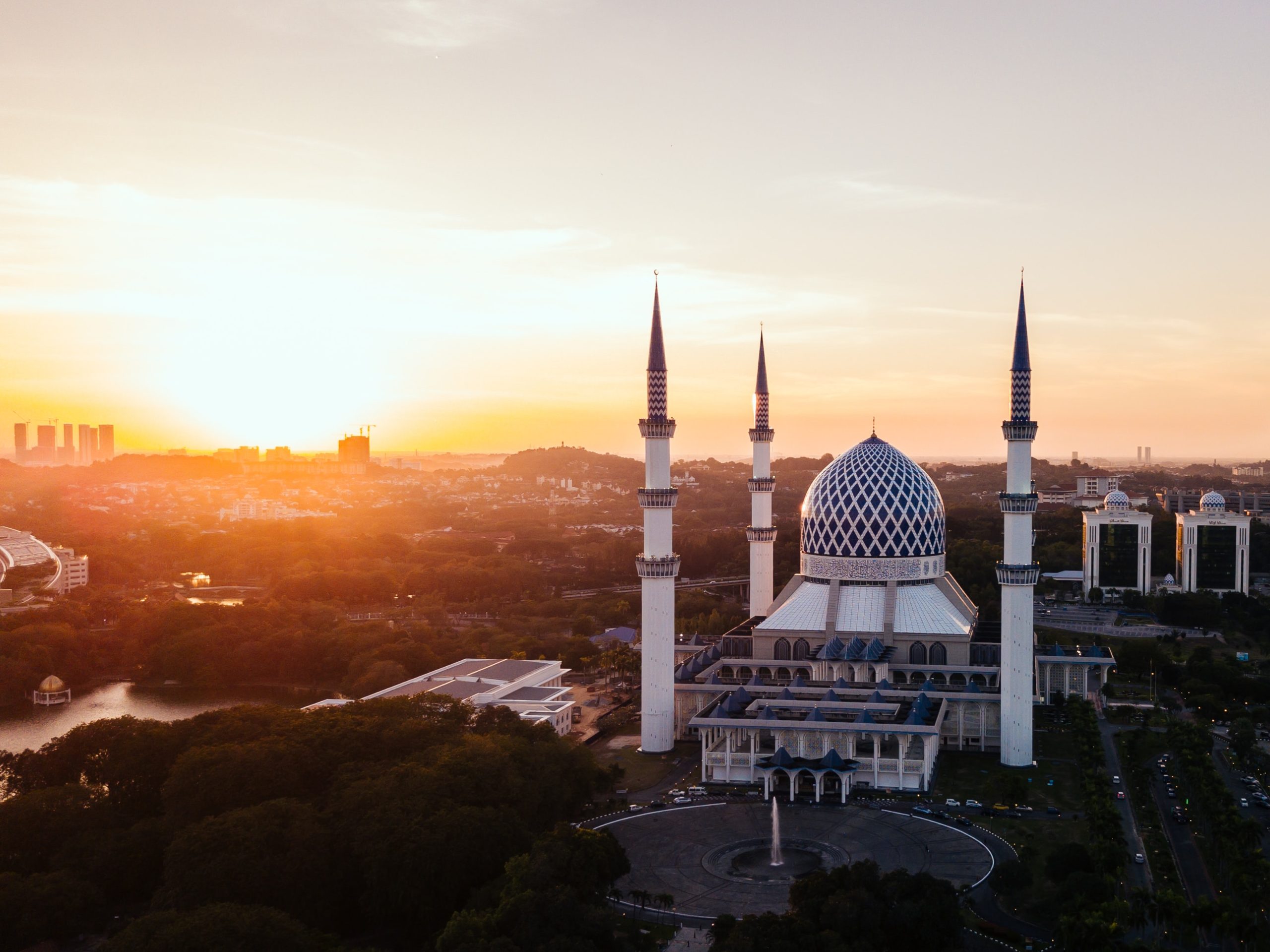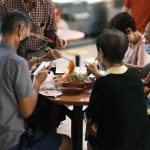Exploring the Rich Tapestry of Islamic Culture in Malaysia
Welcome to Malaysia, a country where tradition and modernity blend harmoniously, creating a vibrant tapestry of Islamic culture. From the bustling streets of Kuala Lumpur to the serene mosques hidden in the lush rainforests, Malaysia offers a unique and immersive experience for travelers interested in Islamic culture in Malaysia. Join Green Sun Travel as we embark on a journey to uncover the beauty, history, and diversity of Islamic traditions in this captivating Southeast Asian nation.
The Overview of Islamic culture in Malaysia
Islamic culture plays a significant role in Malaysia, influencing various aspects of the nation’s society, traditions, and way of life. Here’s an overview of Islamic culture in Malaysia:
- Religion: Islam is the official religion of Malaysia, and the majority of the population is Muslim, with Sunni Islam being the predominant denomination. This religious adherence has a profound impact on daily life, from prayer times and dress codes to dietary practices.
- Mosques: Malaysia is home to numerous mosques, ranging from traditional and historic to contemporary and architecturally stunning. These mosques serve as centers for religious activities, community gatherings, and cultural events.
- Islamic Architecture: Malaysian architecture often incorporates Islamic design elements. This includes the use of domes, intricate tilework, geometric patterns, and calligraphy in buildings and structures, such as mosques, palaces, and government buildings.
- Halal Cuisine: Halal food is widely available in Malaysia, making it easy for Muslims to follow dietary restrictions. Traditional Malay cuisine is often prepared in accordance with Islamic dietary laws, and you can find a variety of delicious halal dishes, including rendang, nasi lemak, and satay.
- Islamic Festivals: Malaysia celebrates various Islamic festivals with enthusiasm. Ramadan, Eid al-Fitr, and Eid al-Adha are among the most significant. During Ramadan, Muslims fast from dawn to dusk, and the month concludes with a festive celebration of Eid al-Fitr.
- Traditional Clothing: Traditional Malay clothing is influenced by Islamic culture. The Baju Melayu for men and Baju Kurung for women are popular choices for special occasions and cultural events. The hijab is also commonly worn by Malaysian Muslim women.
- Cultural Practices: Islamic values, such as hospitality, respect for elders, and community bonding, play a vital role in Malaysian society. Traditional customs and practices often have Islamic roots, emphasizing the importance of family, community, and charity.
- Art and Calligraphy: Islamic calligraphy and art are integral to Malaysia’s cultural expression. Intricate designs, Arabic calligraphy, and geometric patterns are used in various art forms, from textiles to pottery.
- Traditional Music and Dance: Malaysia boasts a rich heritage of Islamic-influenced music and dance, including the Joget and Zapin. These cultural expressions often feature themes from Islamic stories and traditions.
- Cultural Festivals: Islamic cultural festivals like the Islamic Arts Festival and Islamic Fashion Festival are celebrated in Malaysia, showcasing art, fashion, and cultural performances rooted in Islamic heritage.
- Education: Islamic education is offered in schools, and religious schools (madrassas) provide further instruction in Islamic studies. The International Islamic University Malaysia is a prominent institution known for its Islamic education and research.
- Islamic Banking and Finance: Malaysia is a leader in Islamic banking and finance, offering Sharia-compliant financial services to cater to the needs of Muslims.
Islamic culture in Malaysia is a dynamic and integral part of the nation’s identity, seamlessly interwoven into the country’s traditions, customs, and daily life. This rich heritage is celebrated and cherished by Malaysians of all backgrounds, fostering a diverse and inclusive society with deep respect for Islamic traditions.

The Discovery of Islamic culture in Malaysia
Day 1: Arrival in Kuala Lumpur
Upon arriving in Kuala Lumpur, you’ll immediately find yourself immersed in the Islamic culture that is an integral part of Malaysia’s identity. The iconic Petronas Twin Towers, which dominate the city’s skyline, are a testament to the influence of Islamic architecture in the country. These towering marvels were inspired by Islamic geometric patterns and design principles, showcasing a blend of modernity and tradition. You can start your exploration by marveling at the breathtaking views from the observation deck or engaging in some shopping at Suria KLCC, the mall located within the towers. It’s a great way to experience how Islamic culture is harmoniously integrated into the bustling metropolis.
For a deeper understanding of Islamic art and heritage, consider visiting the Islamic Arts Museum Malaysia. This world-class museum boasts an extensive collection of Islamic artifacts, including beautifully crafted ceramics, textiles, calligraphy, and exquisite art pieces. It provides a fantastic introduction to the diverse artistic expressions within Islamic culture, which are reflective of the nation’s rich heritage.
Day 2: Sultan Salahuddin Abdul Aziz Mosque
On the second day of your journey to Islamic culture in Malaysia, take a short drive from Kuala Lumpur to Shah Alam to visit the Sultan Salahuddin Abdul Aziz Mosque, commonly known as the Blue Mosque. This majestic mosque is a magnificent example of Islamic architecture in Malaysia. Its striking blue and silver domes, intricate tilework, and tranquil gardens create a serene and awe-inspiring atmosphere. While visiting, you can witness the devout Muslims engaging in their daily prayers and take a moment to appreciate the spiritual significance of the mosque within Malaysian society.
Day 3: Batu Caves
Your next stop is the Batu Caves, a series of cave temples and shrines dedicated to Lord Murugan. While not Islamic, the Batu Caves offer valuable insights into Malaysia’s religious diversity. The massive golden statue of Lord Murugan at the entrance is a remarkable sight, and the vibrant Hindu temples nestled within the caves showcase the coexistence of multiple faiths within the country. The journey to the caves includes a climb up a steep flight of stairs, making it both a spiritual and physical experience.
Day 4: Malacca’s Islamic Heritage
Travel to the historic city of Malacca, a UNESCO World Heritage Site, and experience the Islamic heritage intertwined with the city’s rich history. The Kampung Hulu Mosque, one of the oldest mosques in Malaysia, is a highlight of your visit. This mosque, dating back to the 18th century, is a fine example of traditional Malay architecture and showcases the influence of Islamic culture in the region. As you explore the city’s streets, you’ll also encounter beautiful Dutch and Portuguese architecture, highlighting the multicultural nature of Malaysia’s heritage.
Day 5: Penang’s Islamic Art and Culture
Your Islamic culture in Malaysia journey continues to Penang, a region celebrated for its cultural diversity and heritage. Here, you can visit the Penang Islamic Museum, which provides an opportunity to delve into the history of Islam in the area. The museum houses a wealth of information and exhibits, allowing you to learn about the contributions of Islam to Penang’s development and admire intricate Islamic calligraphy and art. The vibrant art and culture within the museum underscore the enduring influence of Islamic traditions on the island.
These first five days of your travel adventure in Malaysia offer a glimpse into the multifaceted nature of Islamic culture in the country. You’ll explore architecture, art, heritage, and religious diversity, all of which are deeply rooted in Malaysia’s Islamic culture. The journey continues with more exciting experiences that further enrich your understanding of this fascinating culture.
Day 6: Georgetown’s Heritage District

Georgetown, the capital of Penang, is a UNESCO World Heritage Site and a treasure trove of cultural diversity. Explore the heart of the city and you’ll discover the ornate Kapitan Keling Mosque, a historical gem dating back to the early 19th century. The mosque is a testament to the enduring Islamic presence in Penang and showcases stunning Mughal and Moorish architectural influences. Its intricate minarets and exquisite details are a reflection of Malaysia’s rich Islamic heritage.
As you stroll through the streets of Georgetown, you’ll find a diverse array of religious buildings. Beautiful mosques, Hindu temples, and churches coexist harmoniously, highlighting Malaysia’s commitment to religious tolerance and unity in diversity. The Heritage District also offers a glimpse into daily life, with vibrant street art, bustling markets, and delectable street food to savor.
Day 7: Langkawi Island
Fly to Langkawi, an island paradise known for its natural beauty and pristine beaches. While Langkawi is a popular tourist destination, it also provides unique cultural experiences. Your first stop can be at the Al-Hana Mosque, a serene seaside prayer house. The mosque’s picturesque location overlooking the Andaman Sea makes it an ideal place for reflection and prayer. You’ll find that Islamic culture is woven into everyday life on the island, from the traditional attire worn by locals to the call to prayer echoing from the mosques.
Day 8: Island Relaxation
Take some time to relax and immerse yourself in the natural beauty of Langkawi. Enjoy the island’s pristine beaches, explore the lush mangroves, and savor the local cuisine. As you unwind, you’ll notice that Islamic culture plays a significant role in the island’s way of life. This is evident in the warm hospitality and customs of the local population.
Day 9: Kelantan’s Traditions
Travel to Kelantan, a state often referred to as the “Cradle of Malay Culture.” Kelantan is deeply rooted in traditional Malay customs, including those with Islamic influences. Explore the vibrant culture by witnessing a wayang kulit shadow puppetry performance, a traditional art form that often portrays Islamic tales and folklore. You can also visit the state’s beautiful mosques and markets, such as the vibrant Pasar Siti Khadijah, named after a prominent Islamic figure.
Day 10: Return to Kuala Lumpur
Return to Kuala Lumpur to conclude your journey, and make your way to the National Mosque (Masjid Negara). This iconic mosque is the symbol of Malaysia’s Islamic identity and is a testament to the nation’s commitment to Islam. Admire the grandeur of the mosque’s modern architecture, with its striking blue and green dome, and explore the peaceful courtyard. It’s a fitting conclusion to your exploration of Malaysia’s Islamic culture.
On your last evening, head to Central Market in Kuala Lumpur, where you can shop for traditional Islamic crafts and souvenirs. It’s an opportunity to take home a piece of Malaysia’s rich Islamic heritage, from beautiful textiles and artwork to handcrafted jewelry and unique Islamic gifts.
These final days of your Islamic culture in Malaysia journey offer a diverse and immersive experience into the various facets of Islamic culture across Malaysia, from heritage and tradition to the serene beauty of island life and the traditions of Kelantan. It’s a remarkable voyage through a country where Islamic culture is deeply embedded in the fabric of daily life.
Conclusion
Malaysia is a treasure trove of Islamic culture, blending traditions with a modern way of life. From the architectural marvels of Kuala Lumpur to the cultural diversity of Penang and the serene beauty of Langkawi, this journey offers a profound insight into Islamic culture in Malaysia. Whether you’re a history buff, an architecture enthusiast, or simply seeking cultural enrichment, Malaysia is an ideal destination to explore the rich tapestry of Islamic culture.







